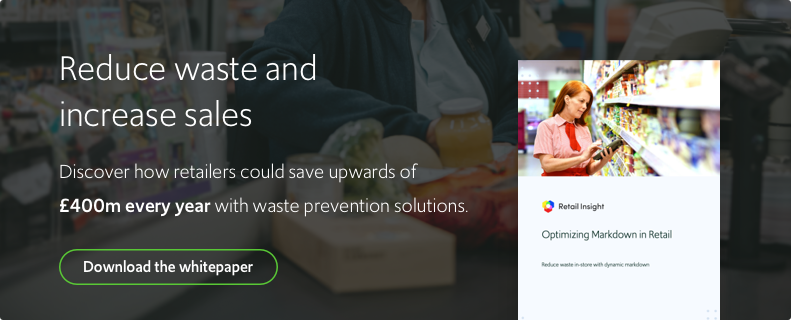
What to do when your forecast isn’t 100% accurate?

- 2 minute read
- Tom Coe
Here in the UK, we like to talk about the weather and there is a lot to talk about – it rarely stays the same from one day to the next. So, if I asked you to predict tomorrow’s weather, how confident would you be in your prediction? What temperature will it be? Will it rain? For how long? How much sunshine might we see? What about next week’s weather – what is your forecast?
I imagine you would be fairly assured in estimating what it could look like tomorrow. You would consider today’s climate, cloud cover, the time of year, recent patterns...etc. and you would be confident in your prediction. But beyond that, even the best forecasting systems from the leading meteorological centers go from around 90% accuracy on a five-day forecast to just 50% on the 10-day forecast. Even with all that predictive science, if I am taking a 10-day holiday in the UK then I am packing a raincoat. I am hoping for pleasant weather, but if it changes then I’ve got a backup.
Now, what if I asked you to do your own 10-day prediction on how many people are going to purchase a 4x pack of beefburgers from Supermarket X in 10 days’ time – how confident would you be then? What if I asked you to do that same prediction for another 3,000 fresh items?

This is the reality that retailers face daily, the balancing act of executing an accurate forecast – too little stock and you risk customer dissatisfaction, too much stock and you risk high levels of waste; both very costly to the top and bottom-line. As a result, supply chain forecasting has become a blend of art and science, with an array of factors feeding into complex models to determine accurate levels of stock required on the shop floor, these components can include promotional activity, pricing, weather, historical trading patterns, shopper trends and behaviors, seasons, special occasions and major events.
Even after building models on these factors, and others, retailers can still find it difficult to get the balance exactly right. So, do they have their own ‘raincoat’ when the forecast isn’t exactly right?
The good news is that, in the case of surplus fresh produce approaching expiry, there is a simple-to-execute solution that can help them clear stock at the right price, building margin, and delivering on ESG objectives.
At Retail Insight, our WasteInsight product, which uses commonly available retailer data run through our dynamic markdown and machine learning technology, is revolutionizing the way that retailers manage down their fresh waste. We can pinpoint which products are at risk and adjust the price accordingly to clear the product at the highest possible price and minimize the amount wasted each day. We all want the forecast to be correct, but with WasteInsight retailers have a clear mitigant to manage the risk when it doesn’t go as planned. This is helping grocery and convenience retailers save millions every year.
There is a safety net for your forecast and we would love to talk to you about it.
Get in touch
Written by Tom Coe
Tom is the Project Manager to the CEO at Retail Insight. A former NCAA distance runner, he now uses his competitive passion in everything he does at Retail Insight, with a particular focus on strategy and partnerships. He is an MBA graduate from Tulane University and is a Business Management graduate from the University of Birmingham.
You might be interested in


Transform stock clearance with a Stock Exit Management solution

Markdown to get waste down

BP renews with Retail Insight until 2027

Lincolnshire Co-operative renews contract with Retail Insight

Southern Co-op, a World Earth Day case study

Retail Insight continues to partner with ScotMid Co-op

Retail Insight continues work with Marks & Spencer to tackle food waste

Food waste has become a global problem – so what can be done about it?

Kroger collaborates with Retail Insight to reduce food waste

Retail Insight extends contract with Southern Co-op

